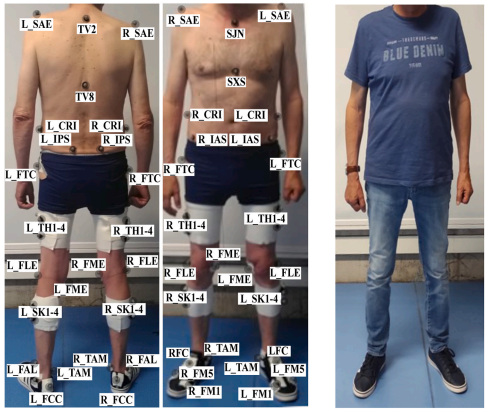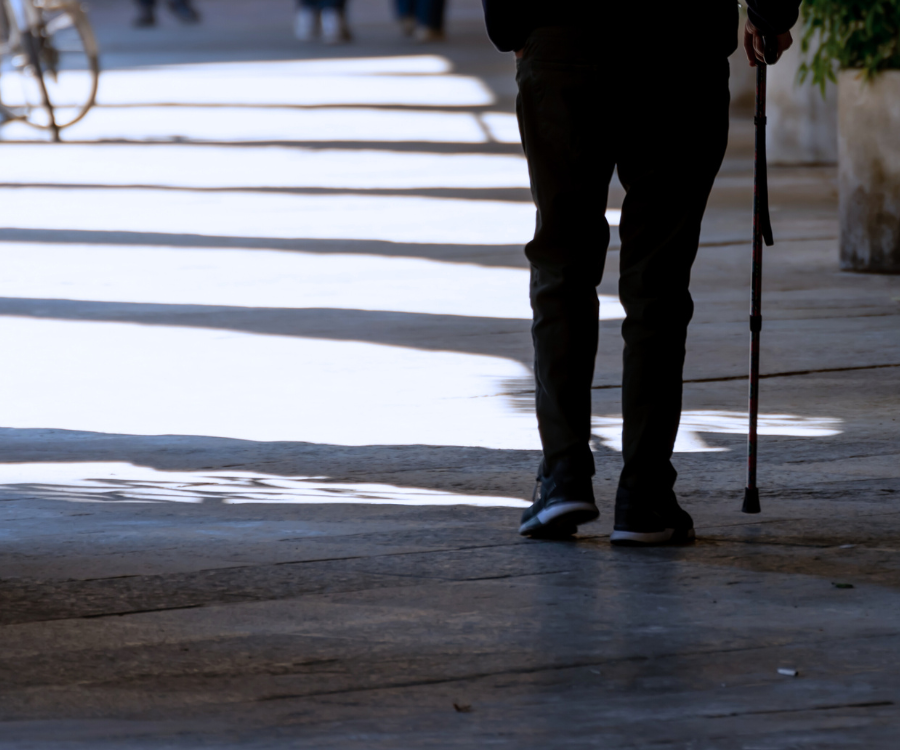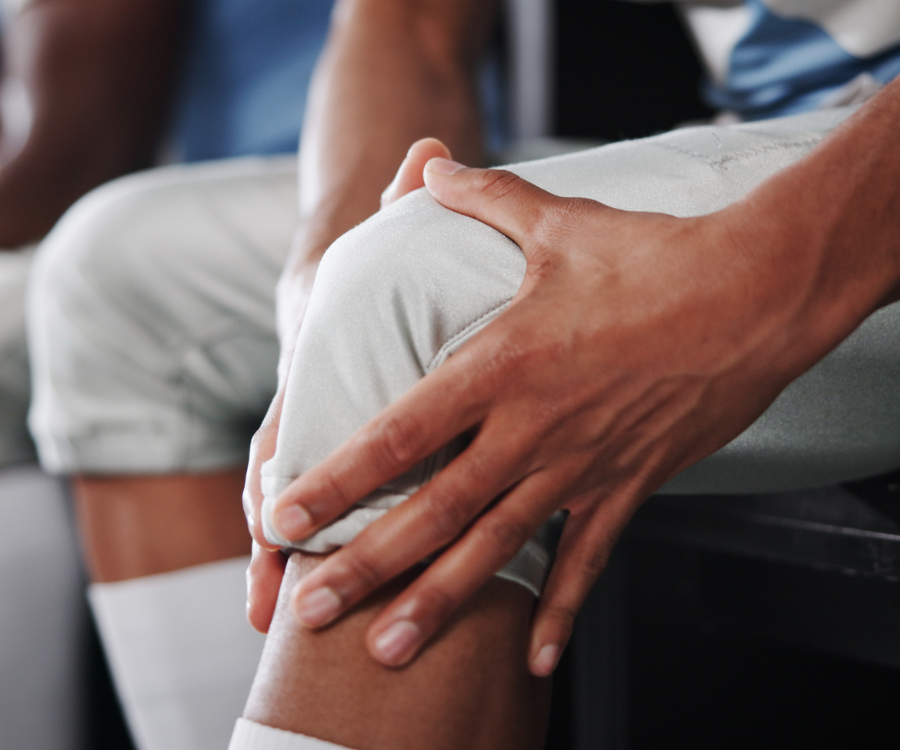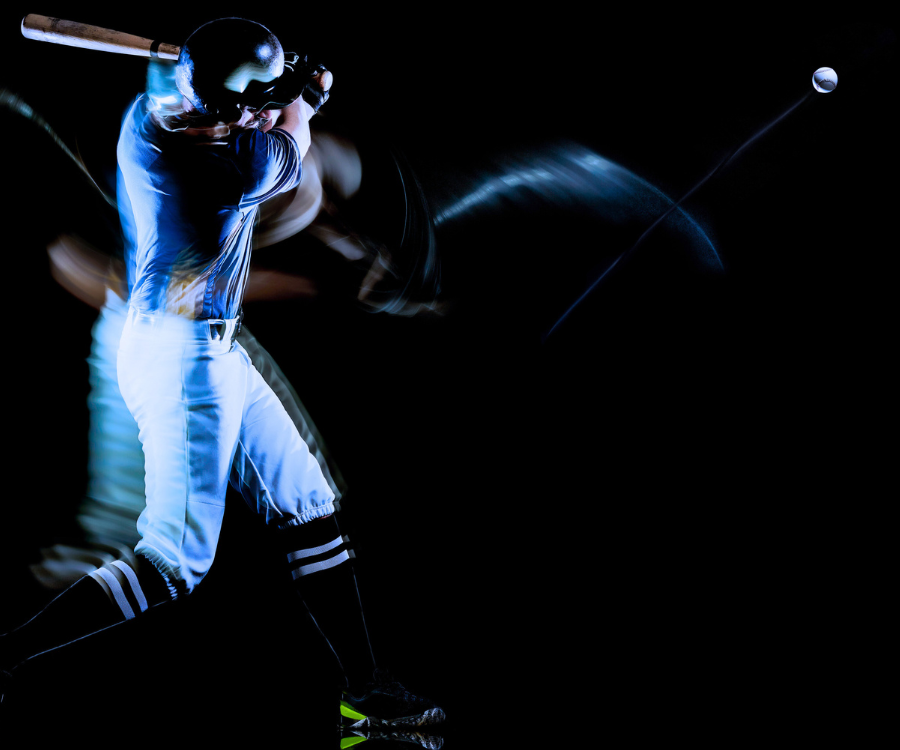Summary
Why It Matters: Motion Capture for Aging Populations
As people age, changes in gait mechanics can increase the risk of falls and functional decline. But traditional marker-based motion capture systems aren’t always practical for older adults. They require tight clothing, skin-mounted markers, and controlled lab environments, conditions that may introduce discomfort or skew natural movement patterns.
Markerless systems like Theia3D eliminate the need for markers and allow data collection in more natural environments. But do they provide the accuracy needed for clinical or research-grade assessments in older adults?
This study helps answer that question.
Study Overview: Comparing Markerless vs. Marker-Based Gait Analysis
Participants
- 30 older adults (mean age 75)
- All were healthy, independently mobile, and community dwelling
- Data collected in Lisbon, Portugal
Methods
Each participant completed gait trials:
- Marker-based trials: using 46 reflective markers, tight clothing, and infrared camera
- Markerless trials: using Theia3D and standard everyday clothing
Joint kinematics (angles) and kinetics (moments) were assessed across three planes of movement: sagittal, frontal, and transverse.
The authors evaluated both:
- Correlations between markerless and marker-based data (construct validity)
- Agreement (how close the systems’ measurements were), including root-mean-square differences (RMSD) and Bland-Altman analysis

Right: Real-world clothing used for Theia3D’s markerless capture — no markers, no special attire.
Key Findings: Where Theia3D Performs Best
Strong validity in sagittal plane movements
- Very strong correlations (Rxy ≥ 0.9) for knee and ankle joint angles in the sagittal plane
- Sagittal plane ankle and knee kinetics (joint moments) also showed strong agreement
- RMSD for ankle plantar/dorsiflexion was just 2.9°
Strong agreement for peak ankle plantarflexion moment
- RMSD and bias were within 10% of signal amplitude, suggesting strong clinical relevance for a key marker of fall risk
Comparable gait speed estimates
- No significant difference in mean walking speed between systems
Limitations: Where Further Validation Is Needed
As with all motion capture systems, some metrics like frontal and transverse plane movements or pelvic angles show greater variability. But Theia3D’s performance is consistent with what you'd expect from traditional systems, and more than sufficient for key gait measures in older adults.
“Given the good agreements for signals such as sagittal plane ankle movement and peak ankle plantarflexion moments, the markerless system is a promising tool for performing gait analysis in older adults,” the authors conclude.
What This Means for Researchers and Clinicians
This study reinforces what many labs have found in practice: Theia3D can deliver highly accurate kinematic and kinetic data for key gait parameters in older adults, without requiring markers or specialized attire.
For labs focused on:
- Fall risk screening
- Age-related gait adaptations
- In-clinic or in-home gait assessments
Theia3D offers a validated, scalable solution, particularly for sagittal-plane movement analysis.
Final Takeaway
Markerless motion capture is not just for young athletes. Theia3D shows strong construct validity for sagittal gait analysis in healthy older adults, supporting its use in aging-focused research and clinical gait labs.
As validation continues to grow across populations, movements, and environments, Theia is proud to support research that expands what’s possible in human motion science.
For further details, you can access the full peer-reviewed article here.
Interested in learning how Theia3D could support your lab or clinic? Contact us today.





